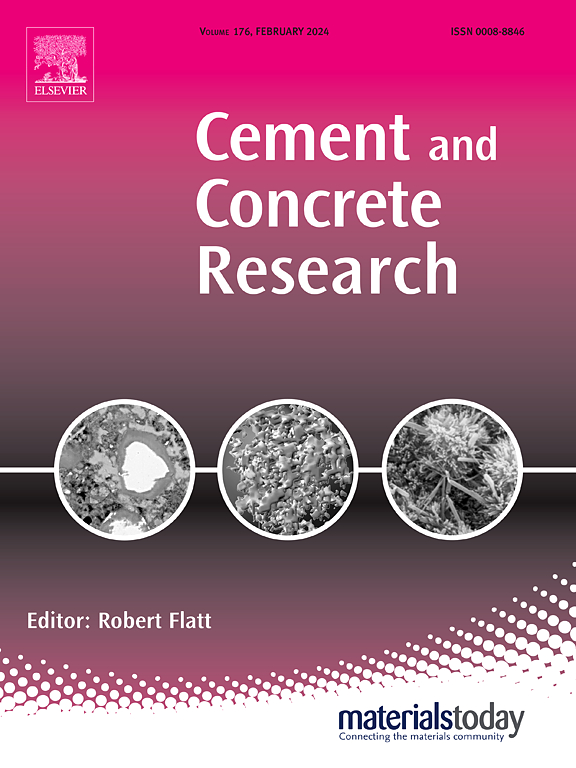玻璃钢钢筋聚合物基质浸出液对玻璃钢混凝土水泥水化及粘结性能的影响
IF 13.1
1区 工程技术
Q1 CONSTRUCTION & BUILDING TECHNOLOGY
引用次数: 0
摘要
纤维增强聚合物(FRP)钢筋由于其优于传统钢筋的优点而越来越多地应用于建筑中。然而,所有FRP类型的完善标准和设计规范仍然有限。虽然之前的大多数研究都集中在FRP筋与混凝土之间的机械结合上,但本研究提供了从FRP筋中浸出的有机化合物如何影响水泥水化动力学,从而影响结合性能的详细调查。研究了10种不同的FRP筋,包括玻璃(GFRP)、玄武岩(BFRP)和碳(CFRP)。总有机碳(TOC)、ICP-MS和FTIR等分析技术证实了钢筋中有机化合物的浸出。随后的实验使用等温量热法、扫描电镜和力学测试来评估这些渗滤液如何影响钢筋附近的水泥水化。结果表明,来自聚合物基体的特定有机化合物会对过渡区水化产生负面影响,降低FRP筋与胶凝基质之间的界面结合质量。这些发现强调了frp -混凝土界面化学相互作用的重要性,并建议应考虑改进钢筋表面和修改混凝土混合物。考虑到不同FRP筋之间的可变性,单一的通用设计准则可能不足以适用于所有产品。本文章由计算机程序翻译,如有差异,请以英文原文为准。
Influence of FRP rebar polymer matrix leachates on cement hydration and bond performance in FRP-reinforced concrete
Fiber-reinforced polymer (FRP) rebars are increasingly used in construction due to their advantages over conventional steel reinforcement. However, well-established standards and design codes for all FRP types remain limited. While most previous studies have focused on the mechanical bond between FRP rebars and concrete, this study provides a detailed investigation of how organic compounds leached from FRP rebars affect cement hydration kinetics and, consequently, bond performance. Ten different FRP rebars—including glass (GFRP), basalt (BFRP), and carbon (CFRP) types—were examined. Analytical techniques such as total organic carbon (TOC), ICP-MS, and FTIR confirmed the leaching of organic compounds from the rebars. Subsequent experiments using isothermal calorimetry, SEM, and mechanical testing assessed how these leachates influence cement hydration in the vicinity of the rebars. The results indicate that specific organic compounds from the polymer matrix can negatively affect hydration in the transition zone, reducing the quality of the interfacial bond between FRP rebars and the cementitious matrix. These findings highlight the importance of chemical interactions at the FRP–concrete interface and suggest that both improvements to the rebar surface and modifications to the concrete mixture should be considered. Given the variability among different FRP rebars, a single universal design guideline may not be sufficient for all products.
求助全文
通过发布文献求助,成功后即可免费获取论文全文。
去求助
来源期刊

Cement and Concrete Research
工程技术-材料科学:综合
CiteScore
20.90
自引率
12.30%
发文量
318
审稿时长
53 days
期刊介绍:
Cement and Concrete Research is dedicated to publishing top-notch research on the materials science and engineering of cement, cement composites, mortars, concrete, and related materials incorporating cement or other mineral binders. The journal prioritizes reporting significant findings in research on the properties and performance of cementitious materials. It also covers novel experimental techniques, the latest analytical and modeling methods, examination and diagnosis of actual cement and concrete structures, and the exploration of potential improvements in materials.
 求助内容:
求助内容: 应助结果提醒方式:
应助结果提醒方式:


